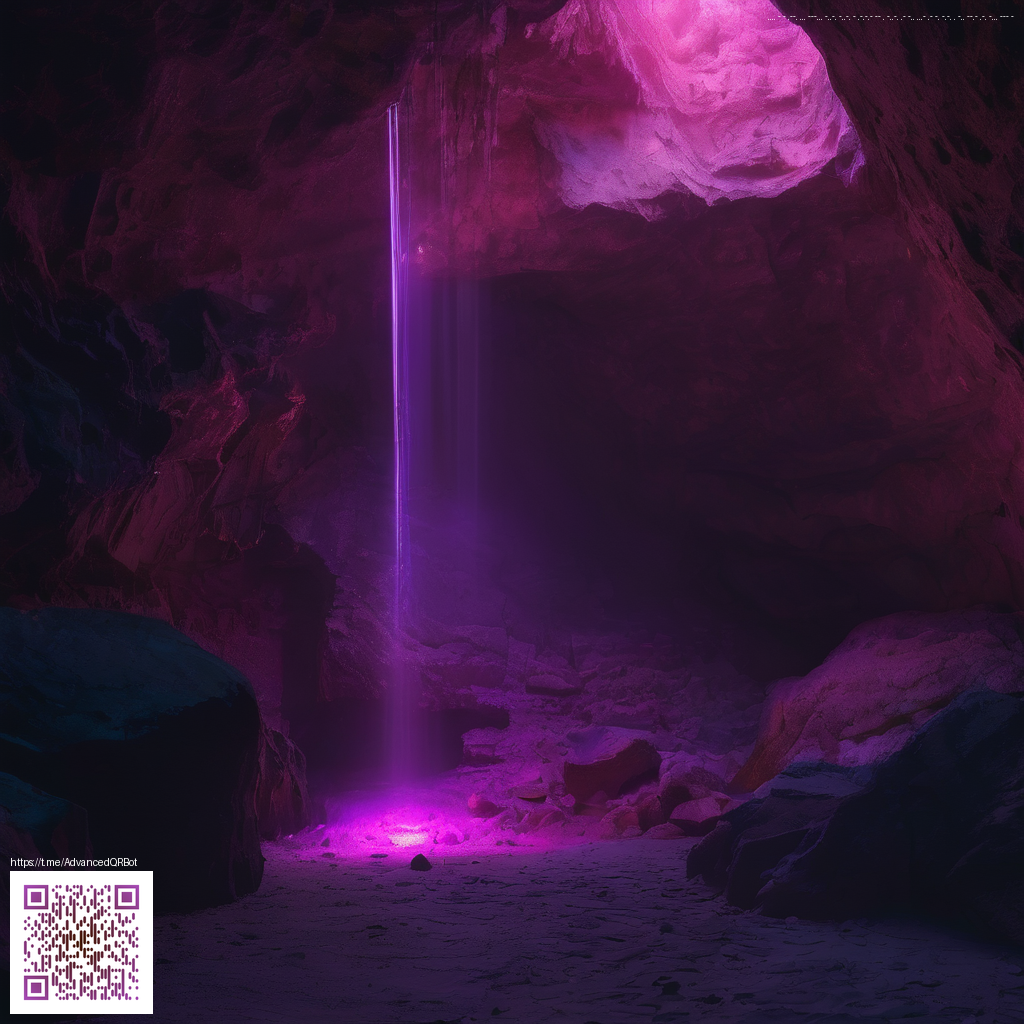
Foundations for Successful Digital Collage Design
Digital collage is more than assembling pretty pictures. It’s an exercise in composition, storytelling, and technical craft. When you design collages, you’re layering ideas just as much as you’re layering images. The result should feel intentional, cohesive, and expressive. Start by thinking about what you want the viewer to feel, then work backward to the elements that will convey that mood—textures, color relationships, and the rhythm of your vertical and horizontal flow.
Concept, mood, and audience
Define a clear concept and imagine who will view the piece. A strong concept acts as an anchor for all decisions that follow. Create a mood board with color swatches, typography references, and sample textures. This acts as a compass when you’re deciding on contrast, emphasis, and balance. In your notes, describe the intent behind each chosen asset so you can justify your arrangement later in the process.
As you assemble your assets, you’ll notice that two ideas often determine success: hierarchy and rhythm. Strong hierarchy guides the eye to the focal point, while rhythm—repetition, variation, and pace—keeps the piece engaging. Emphasize this with deliberate scale differences and harmonious color relationships. If you’re sharing your process with others, you can point to examples on inspiration pages like this gallery page to illustrate how a curated sequence informs your choices.
“A collage is a conversation between fragments.” The most memorable works balance collision with cohesion, inviting the viewer to peek behind the curtain and read the artist’s method.
Tools, layers, and a practical workflow
Modern collage workflows hinge on non-destructive editing and organized assets. Begin with a broad canvas size and a consistent color profile (sRGB is common for digital work), then build in layers. Use non-destructive adjustments to experiment with blending modes, opacity, and masking. Group related assets so you can move entire sections without losing the underlying structure.
- Collect sources with consistent lighting or deliberately varied lighting for drama.
- Sketch a rough layout to establish the focal point and secondary accents.
- Block in major shapes, then refine with texture overlays and subtle glows or shadows.
- Experiment with typography or embedded text as an additional layer of meaning.
- Export a high-resolution master and deliver optimized versions (PNG or JPEG) for sharing.
In practice, you’ll cycle between composition and refinement. A mid-tonality range helps mid-ground elements feel cohesive, while bright highlights draw attention to the intended focal point. The final step is to test your collage across devices and sizes to ensure readability and impact, especially if it will appear in a gallery, on social feeds, or as part of a larger multi-media project.
From screen to surface: presenting your work
Your digital collages don’t exist in a vacuum. They’re often part of a larger presentation or product story. For artists exploring display ideas, a practical accessory can enhance the physical presentation of your art or your portfolio items. For example, a Phone Case with Card Holder—MagSafe Compatible Slim Polycarbonate can serve as a compact, protective, and portable showcase when traveling to exhibitions or meetings. It’s not about encoding the artwork into the case, but about presenting a polished, cohesive package that communicates your design sensibility. If you’re curious about a different source of inspiration, you can also visit the inspiration gallery to see how other artists structure their collages and transitions between elements.
When publishing your work online, consider how the collage reads at thumbnail size. Simplify details that vanish when reduced, preserve contrast for readability, and maintain edge crispness on busy compositions. A clean export pipeline—master file, web-optimized version, and a variant tailored for print if needed—will streamline your presence across platforms and ensure your creative intent survives every viewing context.
Practical tips for ongoing growth
- Keep an editable template with predefined layers and naming conventions to speed up future projects.
- Curate a personal asset library: textures, cutouts, and color swatches that you can reuse to create recognizable signatures.
- Document your process with quick notes or a time-lapse to share your approach with peers and fans.